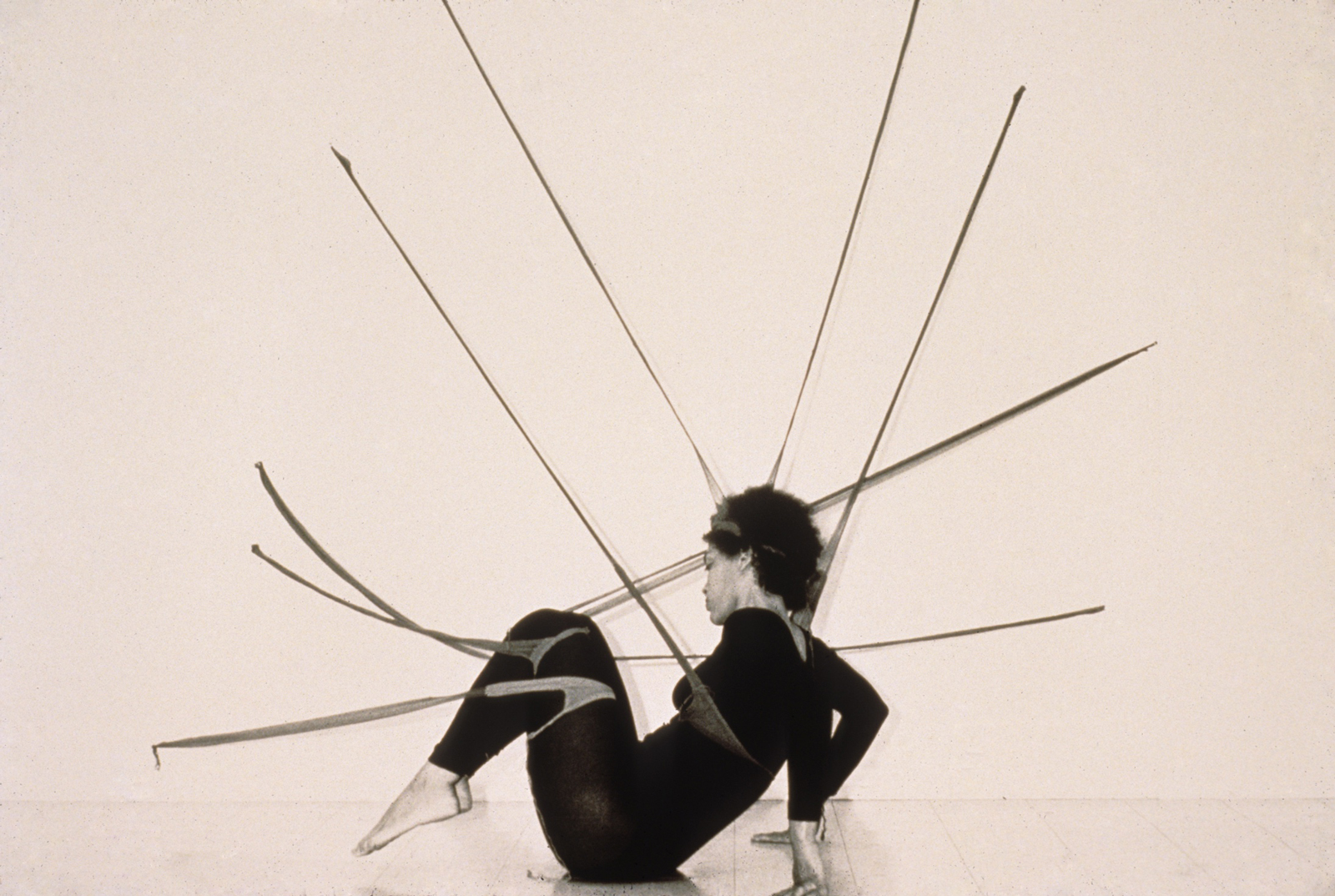Translation by Kei Benger
Photos by Koichiro Kutsuna
There is a profession known as the authenticator.
In disciplining one’s eyes through research and experience, and at times appropriating scientific methods, the authenticity of a subject is ascertained. One assumes that such specific work would necessitate credentials, yet in practice, it is not required.
As work is requested based upon the career and confidence of the authenticator, it is necessary to constantly update new information in order to maintain a sense of trust.
the majority of the information that had been deemed necessary, in fact creates an invisible fence as if evoking a cage of sorts.

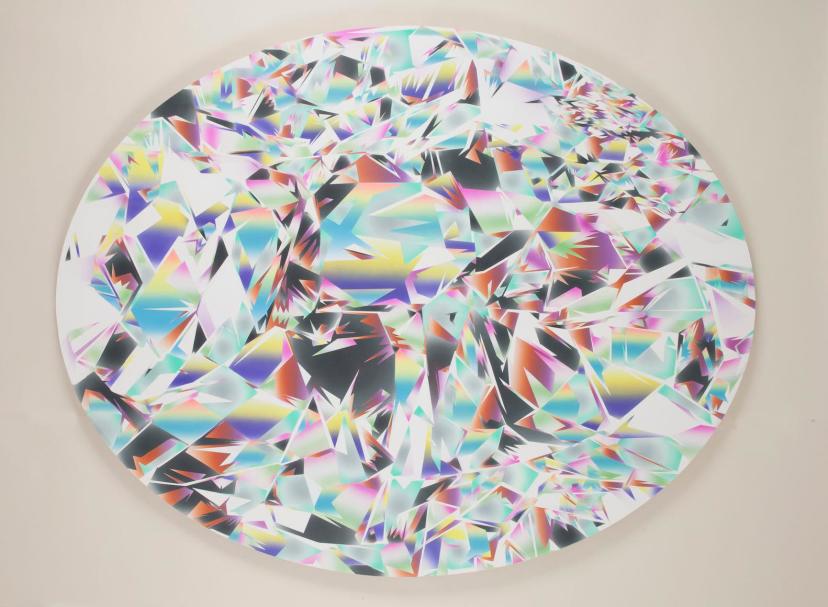
We exercise daily judgments based upon the information we receive from others. In regards to information, trust between another party is of the utmost importance, and that sense of trust is comprehensively determined through one’s self, others, and through reputation from the media.
As aforementioned, this too, constantly requires the procurement of latest information.
It is most likely that before the dissemination of the Internet such exchanges were for the better or worse simple, with the weight of information incomparable to that of current.
Information within the Internet is infinite, and is repeatedly updated as if engaging in a conflict between the surface and its reverse, and of medication and bacteria.
One assumes that such a look of doubt is the cause for afflictions between one another, including the increase of crimes for bland reasons and the decline of traditionally established businesses.
It is ironic that the majority of the information that had been deemed necessary, in fact creates an invisible fence as if evoking a cage of sorts.
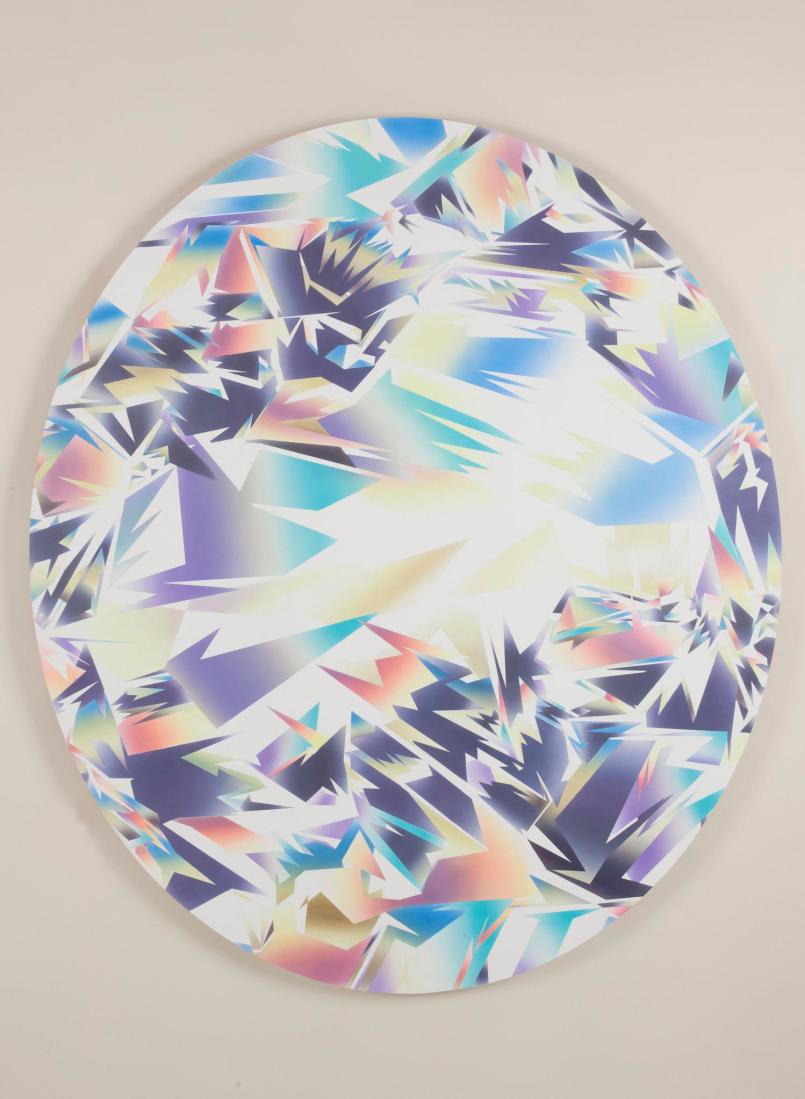

However, one simultaneously believes that senses of value differ in correspondence to whether or not one had been placed amongst such an environment from a young age. I perhaps consider this in such manner, as I personally had found myself to be positioned in the intermediary.
For instance, this could be applied to the video game generation, and to the generation who played outside and physically exerted themselves.
As an individual whom had been both the former and the latter, I currently cannot help but feel that I had found myself standing upon an ambiguous boundary between the two.
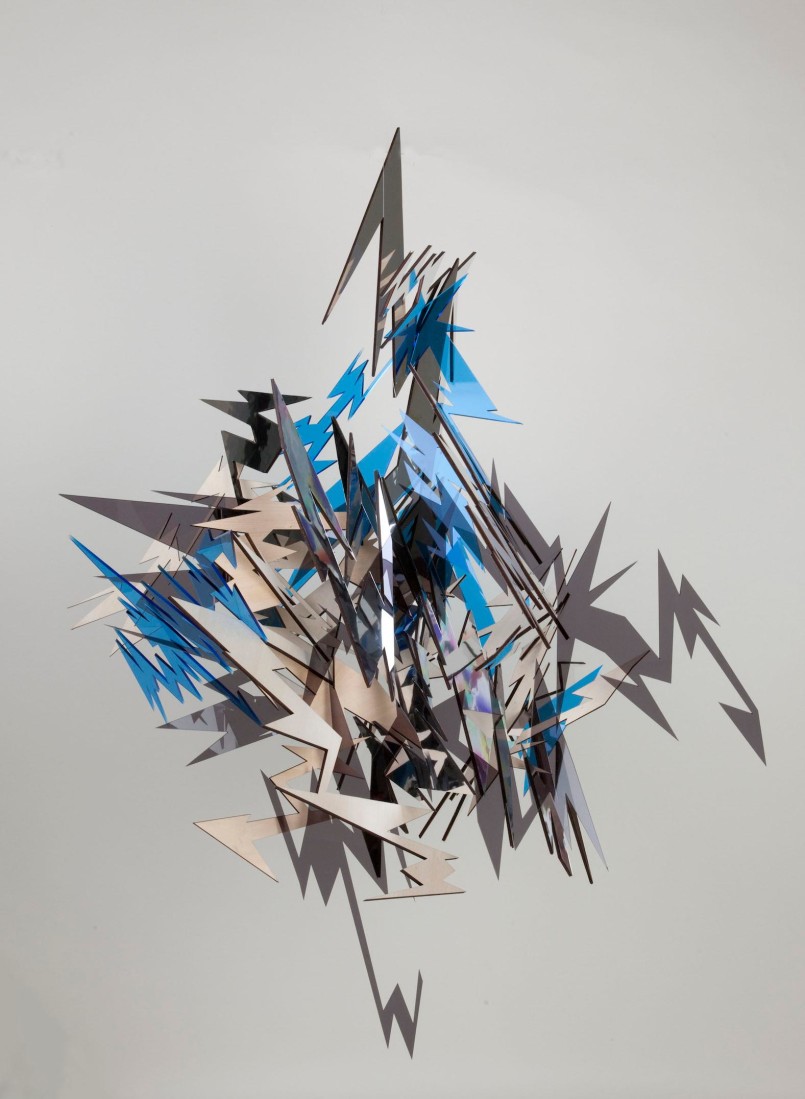
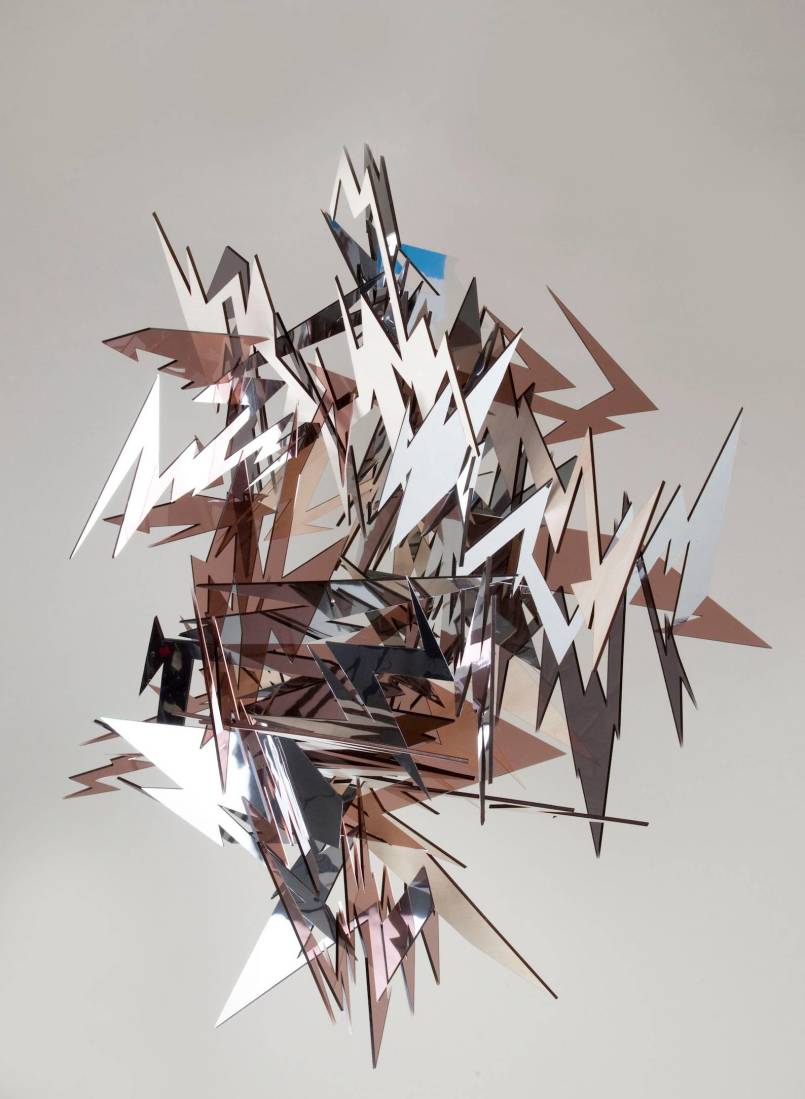
I always resolve to consider aspects in a multilateral fashion as a theme for my work, yet this also is based upon experience.
If I were to mention the difference in my production method as opposed to that of standard painting, it is the fact that there exists an order for all processes within the creation of the work which in turn each performs an individual function. Although it may be a repetition of a highly subdued task, its undertaking is necessary. Despite numerous colors and shapes emerging amidst the process of production, they are constantly installed with a precise destination. This enlists within me a certain reassurance as if piecing together a jigsaw puzzle in which the completed image is prior determined.
Even whilst buried amidst an array of information, what indeed looks upon and takes something in hand is one’s own flesh and body, therefore should we not discipline ourselves in such aspects within our daily lives?
In the Japanese language, there is a phrase referred to as “the mind’s eye.”
This is believed to be the ability to understand specific characteristics and mannerisms invisible to the eye; in deducing through one’s imagination, information and experiences that cannot be perceived.
I feel that such ability is enlisted amongst all human beings, and we at an unconscious level always seek to discover the correct answer.
I myself partake in my practice with the belief that it would become of some use, and at the same time continue to seek questions towards others.
